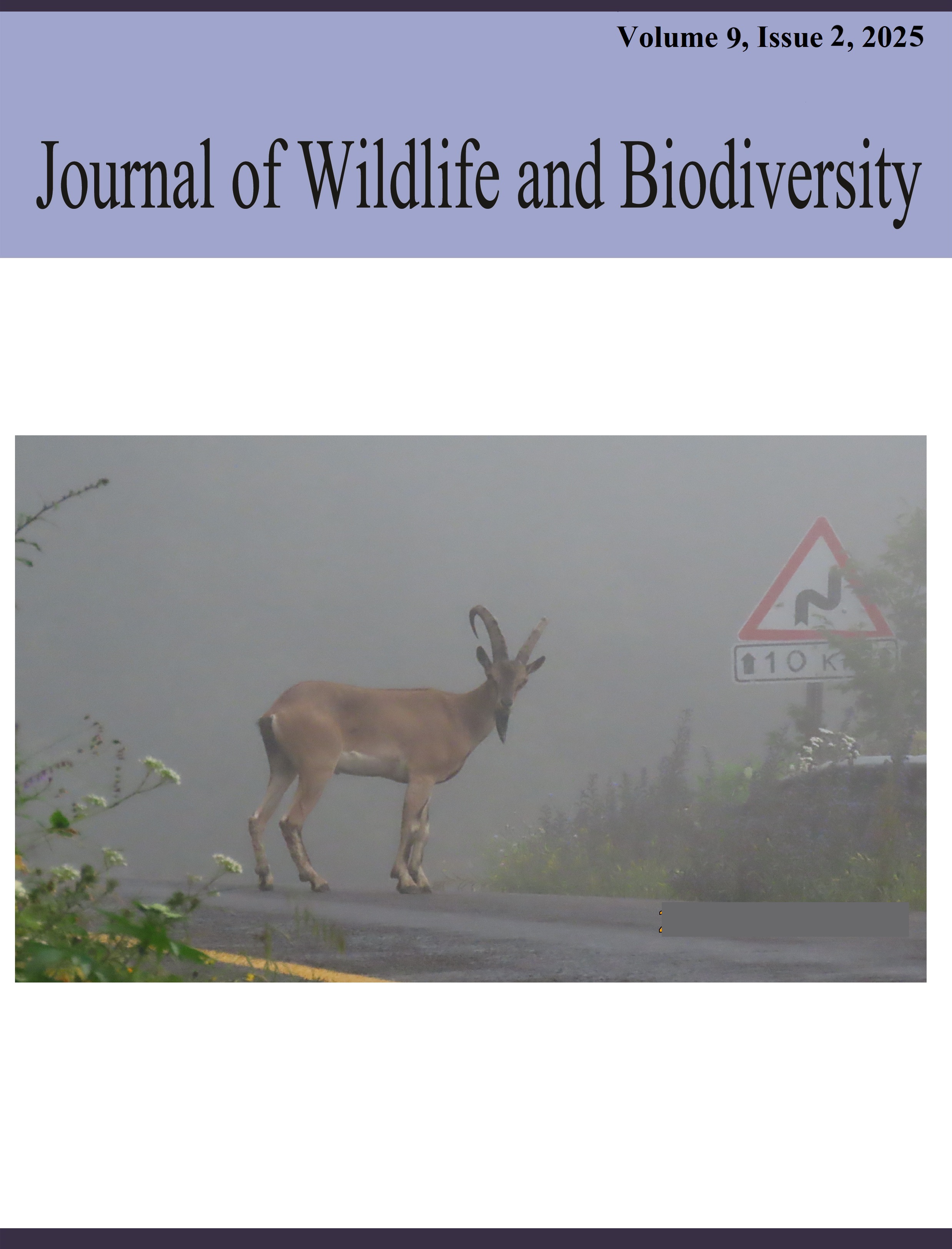Phyto-mycophagous nematodes of Azerbaijan: systematics, biology, and quarantine importance
DOI:
https://doi.org/10.5281/zenodo.15521742Keywords:
Aphelenchus avenae, Aphelenchoides spp, phyto-mycophages, seasonal dynamics, fungivorous nematodesAbstract
This study explores the biological and ecological characteristics of nematodes from the genera Aphelenchus and Aphelenchoides, classified as phyto-myco-phages due to their unique dual-feeding behavior. These organisms can parasitize plant tissues and consume fungal mycelium, showcasing remarkable trophic plasticity that enhances their adaptability to diverse environments, including agricultural fields and natural ecosystems. Aphelenchus avenae, a widespread species, thrives in moist, organic-rich soils. Its morphology is distinct: post-fixation, the body curves into a "J" shape, males have a well-developed copulatory apparatus, and females exhibit a characteristic tail structure. In contrast, Aphelenchoides species display greater diversity, encompassing both free-living forms and plant pathogens like A. besseyi, A. fragariae, and A. ritzemabosi, which cause diseases such as white bloom, leaf spotting, and stunted plant growth. The life cycle of these nematodes includes an egg, four juvenile stages, and an adult phase, completing in 7-10 days under favorable conditions, facilitating rapid population growth. Development occurs in substrates like soil and plant residues or within host plant tissues and fungi, requiring specialized isolation and diagnostic techniques. Population dynamics peak in spring and summer, particularly in moderately humid climates, while activity declines in autumn and winter. Some species form resistant stages (anabiosis or cryptobiosis) to endure unfavorable conditions. Geographically, these nematodes are distributed from subtropical to temperate zones. In Azerbaijan, they are prevalent in plains with high agronomic activity, forest belts, and floodplain areas rich in organic matter and fungal microflora, underscoring their ecological significance and adaptability.
References
Diakhaté, S. (2014). Influence de L’arbuste Piliostigma Reticulatum (D.C.) Hochst sur les Communautés de Microorganismes et de Nématodes. (Ph.D. Thesis, Université Cheikh Anta Diop, Dakar, Senegal).
Hallmann, J., & Subbotin, S. A. (2018). Methods for extraction, processing and detection of plant and soil nematodes. Plant parasitic nematodes in subtropical and tropical agriculture, pp. 87-119. https://doi.org/10.1079/9781786391247.0087
Liu, Y. B., Li, X. Y., & Liu, Q. Z. (2016). Soil nematode communities in jujube (Ziziphus jujuba Mill.) rhizosphere soil under monoculture and jujube/wheat intercropping systems. European Journal of Soil Biology, 74, 52–59.
Matplotlib-Lollipop. (2021). Lollipop Chart Visualization Guide. Retrieved from https://www.data-to-viz.com/graph/lollipop (accessed on February 18, 2021).
Network X Developers. (2021). Network analysis in Python (version 2.5). https://networkx.org
Nielsen, Uffe N., Ayres, Edward, Wall, Diana H., Li, Grace, Bardgett, Richard D., Wu, Tiehang, Garey, James R. (2014). Global-scale patterns of assemblage structure of soil nematodes in relation to climate and ecosystem properties. Global Ecology and Biogeography, 23, 968–978. https://doi.org/10.1111/geb.12177
Song, M., Jing, S., Zhou, Y., Hui, Y., Zhu, L., Wang, F., & Wan, S. (2015). Dynamics of soil nematode communities in wheat fields under different nitrogen management. European Journal of Soil Biology, 71, 13–20.
Yildiz, Ş., Imren, M., & Duman, N. (2017). Nematode biodiversity in cereal growing areas of Bolu, Turkey. Turkish Journal of Entomology, 41, 159–168.



